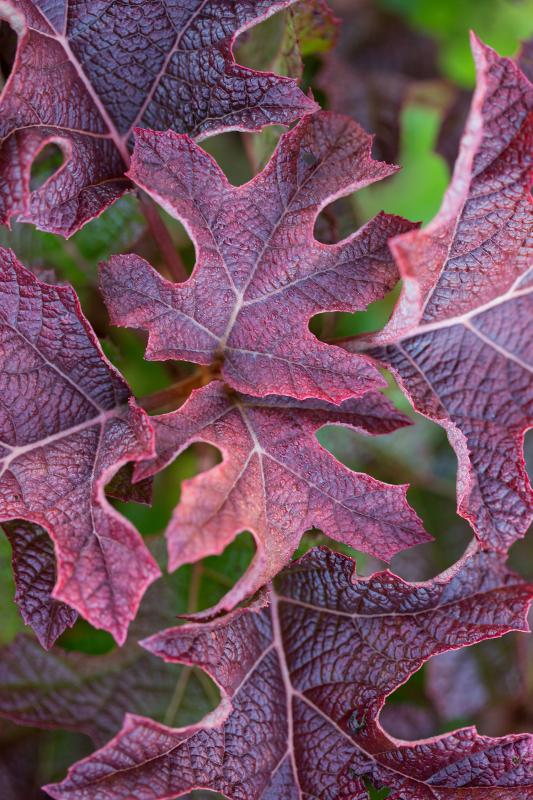
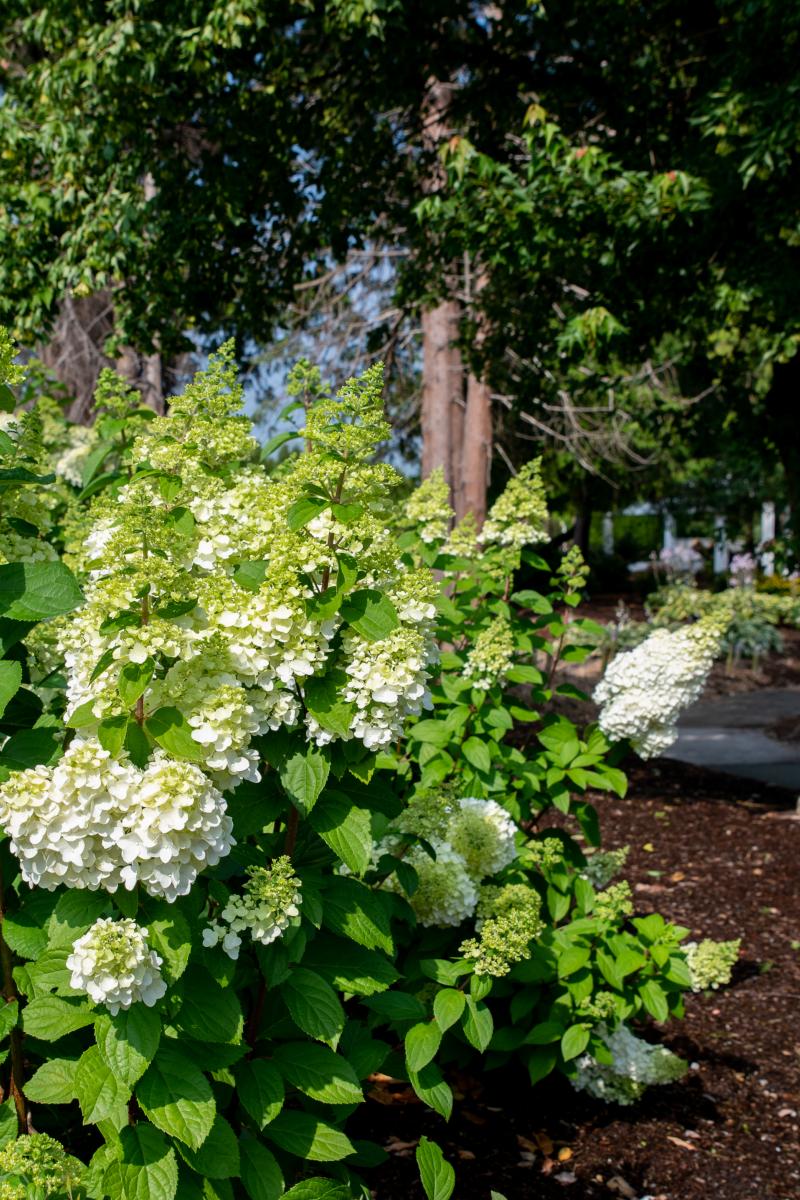
For their shrub of the year, the National Garden Bureau has chosen hydrangea, a very popular and much sought-after shrub. Known for their nostalgia as well as their modern design appeal, hydrangeas are beautiful in the landscape, a container garden or used as cut flowers.
The word origin of hydrangea comes from the Greek words for water (hydros) and jar (angos) because some species are quite water thirsty. The hydrangea was first cultivated in Japan but are native to both Asia and the Americas.
Landscape Considerations
When choosing a hydrangea for your Nebraska landscape, keep in mind these things: your growing hardiness zone, available space (some can get quite big!), soil makeup, available soil moisture levels and amount of sunlight the hydrangea species you chose prefers each day.
 A serious consideration for Nebraska gardeners is winterhardiness, or lack thereof, of the beautiful pink and blue-flowered bigleaf hydrangeas; the most popular hydrangea type. Most bigleaf hydrangeas grow best from Zone 9 to 6. Under Nebraska’s Zone 5a or 5b conditions, plants must be located in very protected locations, with good soil and water, and extra winter protection to survive and thrive. In recent years, some bigleaf hydrangea s have been introduced with increased cold tolerance, but unfortunately flower buds and leaf buds can have varying levels of cold tolerance. In some years, leaf buds may survive while flower buds succumb to the cold.
A serious consideration for Nebraska gardeners is winterhardiness, or lack thereof, of the beautiful pink and blue-flowered bigleaf hydrangeas; the most popular hydrangea type. Most bigleaf hydrangeas grow best from Zone 9 to 6. Under Nebraska’s Zone 5a or 5b conditions, plants must be located in very protected locations, with good soil and water, and extra winter protection to survive and thrive. In recent years, some bigleaf hydrangea s have been introduced with increased cold tolerance, but unfortunately flower buds and leaf buds can have varying levels of cold tolerance. In some years, leaf buds may survive while flower buds succumb to the cold.
However, smooth and panicled hydrangeas are much more winterhardy, so make a better choice for most locations across the state. To find your winter hardiness zone, visit the USDA Winter Hardiness Zone Map, enter Home, then enter your zip code.
Popular Landscape Hydrangeas
More than twenty species of Hydrangeas exist, but below are the four most popular species used in North America.
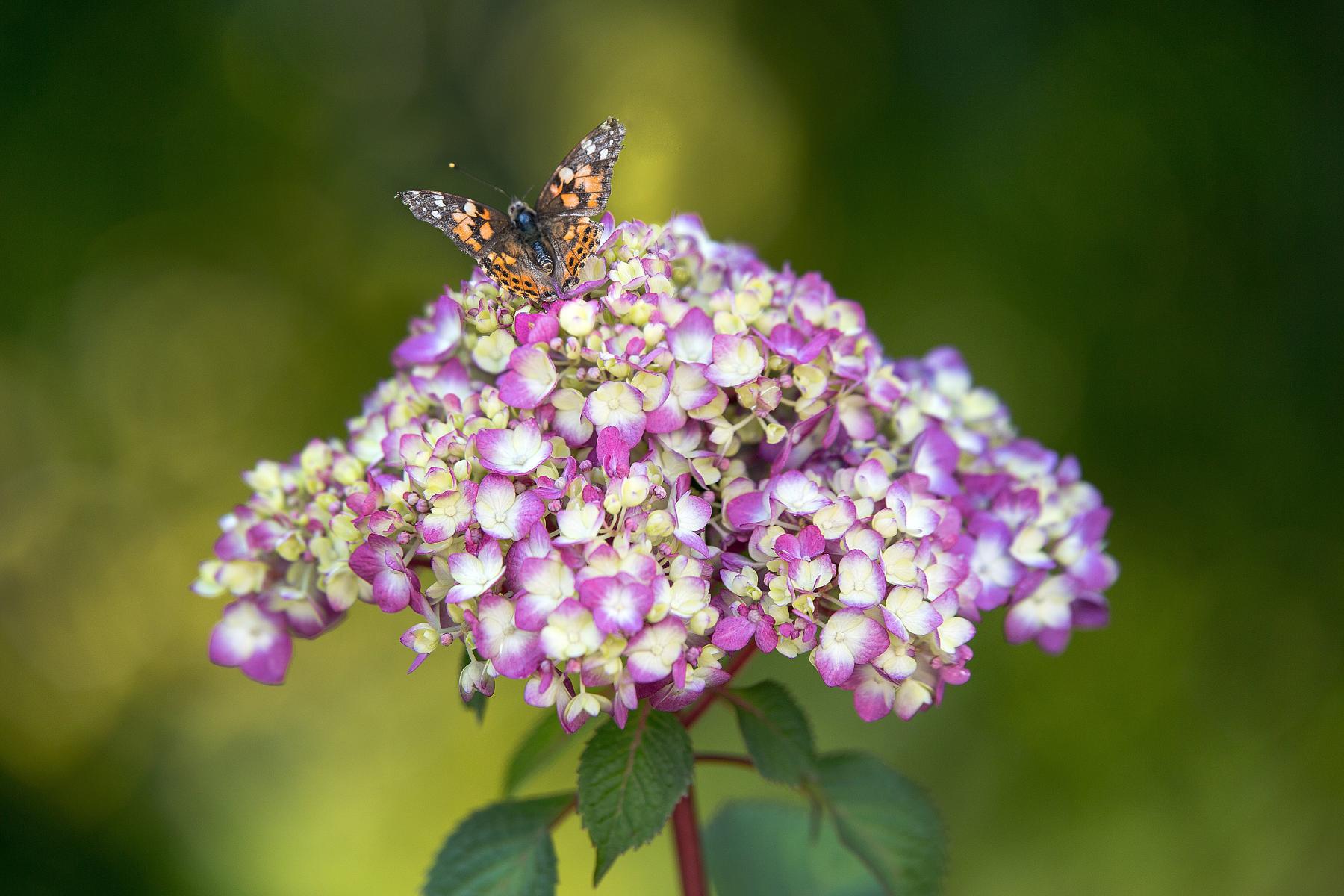 Bigleaf, Hydrangea macrophylla - have classic mophead or open lacecap blooms. With blooms of blue, pink, purple, and more, these classic hydrangea flowers bring color to areas with morning sun, some afternoon shade, and moist, well-drained soil. Avoid planting Bigleaf hydrangea on hot, dry, exposed sites. Well-known varieties include the Endless Summer® Collection and Nikko Blue.
Bigleaf, Hydrangea macrophylla - have classic mophead or open lacecap blooms. With blooms of blue, pink, purple, and more, these classic hydrangea flowers bring color to areas with morning sun, some afternoon shade, and moist, well-drained soil. Avoid planting Bigleaf hydrangea on hot, dry, exposed sites. Well-known varieties include the Endless Summer® Collection and Nikko Blue.
Smooth, Hydrangea arborescens –have big, white (or sometimes pink) pompom blooms. Smooth hydrangeas are perfect for full sun or dappled shade in hotter locations. Well-known varieties include Annabelle, Incrediball, Invincibelle® Spirit II and Invincibelle Limetta®.
Panicle, Hydrangea paniculata - have gorgeous cone-shaped blooms that emerge white in mid-summer and age to various shades of lime, parchment, pink, and red as fall nights cool down. These hydrangeas are some of the most cold-hardy, many up to zone 3, making this the perfect choice for colder climates. Panicle hydrangea’s upright form means it can be pruned into a tree form. Well-known varieties include Vanilla Strawberry™, Limelight, Pinky Winky and others.
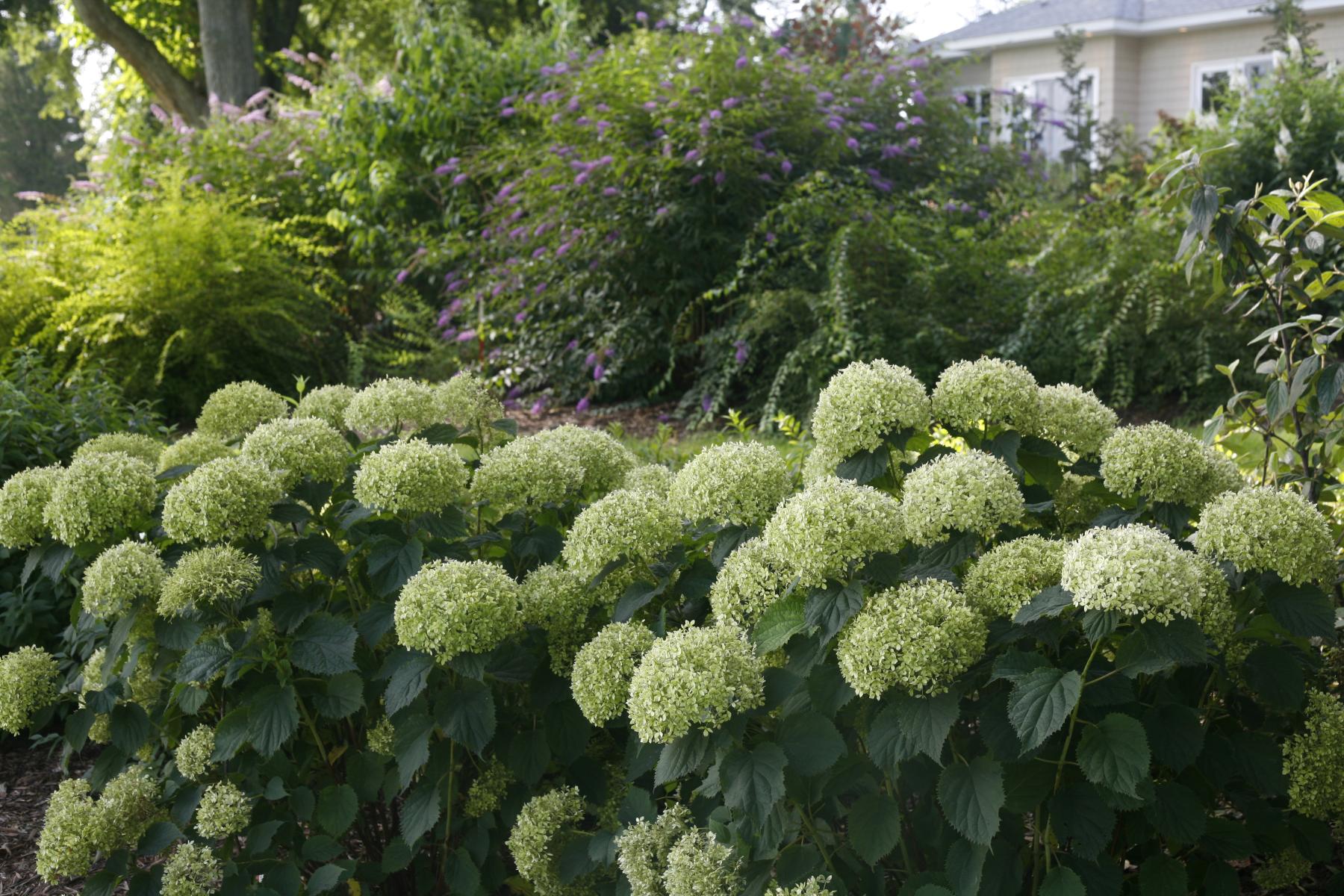 Oakleaf, Hydrangea quercifolia - Aptly named, plants feature leaves that resemble an oak leaves. One of the earliest blooming hydrangea species, the incredible foliage also gets amazing fall color. Native to North America, this woodland species is well adapted to the American landscape. In northern or cooler climates, oakleaf hydrangeas do well in full sun to light shade. They will grow best in rich, well-drained, slightly acidic soils. Well-known varieties include Jetstream™, Gatsby Series, Snowflake and Alice.
Oakleaf, Hydrangea quercifolia - Aptly named, plants feature leaves that resemble an oak leaves. One of the earliest blooming hydrangea species, the incredible foliage also gets amazing fall color. Native to North America, this woodland species is well adapted to the American landscape. In northern or cooler climates, oakleaf hydrangeas do well in full sun to light shade. They will grow best in rich, well-drained, slightly acidic soils. Well-known varieties include Jetstream™, Gatsby Series, Snowflake and Alice.
Uses in the Garden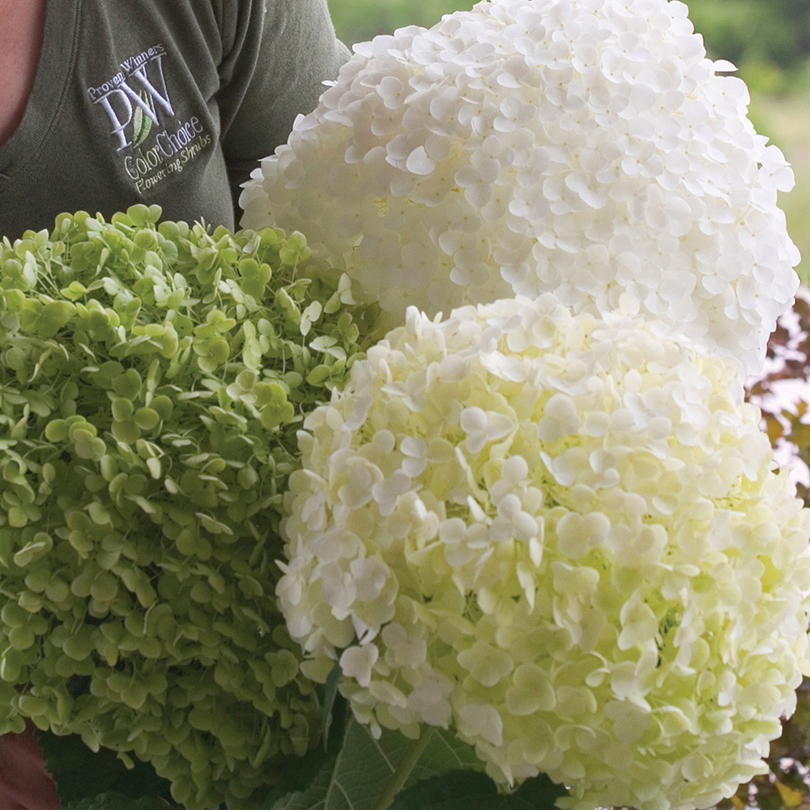 Hydrangeas can be used in so many ways in your garden, from a focal point to establishing a border and filling the foundation around your house. And they don’t just have to be planted in the landscape anymore either. Many hydrangeas, especially the newer varieties, are more compact and do incredibly well in a decorative pot. And don’t forget to cut some blooms for an indoor flower arrangement. You’ll definitely enjoy the Year of the Hydrangea!
Hydrangeas can be used in so many ways in your garden, from a focal point to establishing a border and filling the foundation around your house. And they don’t just have to be planted in the landscape anymore either. Many hydrangeas, especially the newer varieties, are more compact and do incredibly well in a decorative pot. And don’t forget to cut some blooms for an indoor flower arrangement. You’ll definitely enjoy the Year of the Hydrangea!
More Information
- April Pruning of Your Hydrangea with Backyard Farmer.
- August Hydrangea Management with Backyard Farmer – pruning, leaf spots, fertilizer and flower color.
For more information on this year's featured plants visit the National Garden Bureau.
The National Garden Bureau recognizes and thanks Bailey Nurseries, an NGB member, as author and contributor to this fact sheet.
Images from the National Garden Bureau. Feature image - 'JetStream' oakleaf hydrangea fall color.
- 'Moonrock' panicle hydrangea
- 'Limelight' panicle hydrangea
- 'Bloomstruck' bigleaf hydrangea
- 'Invincebelle Limetta' smooth hydrangea
- 'Incrediball' smooth hydrangea